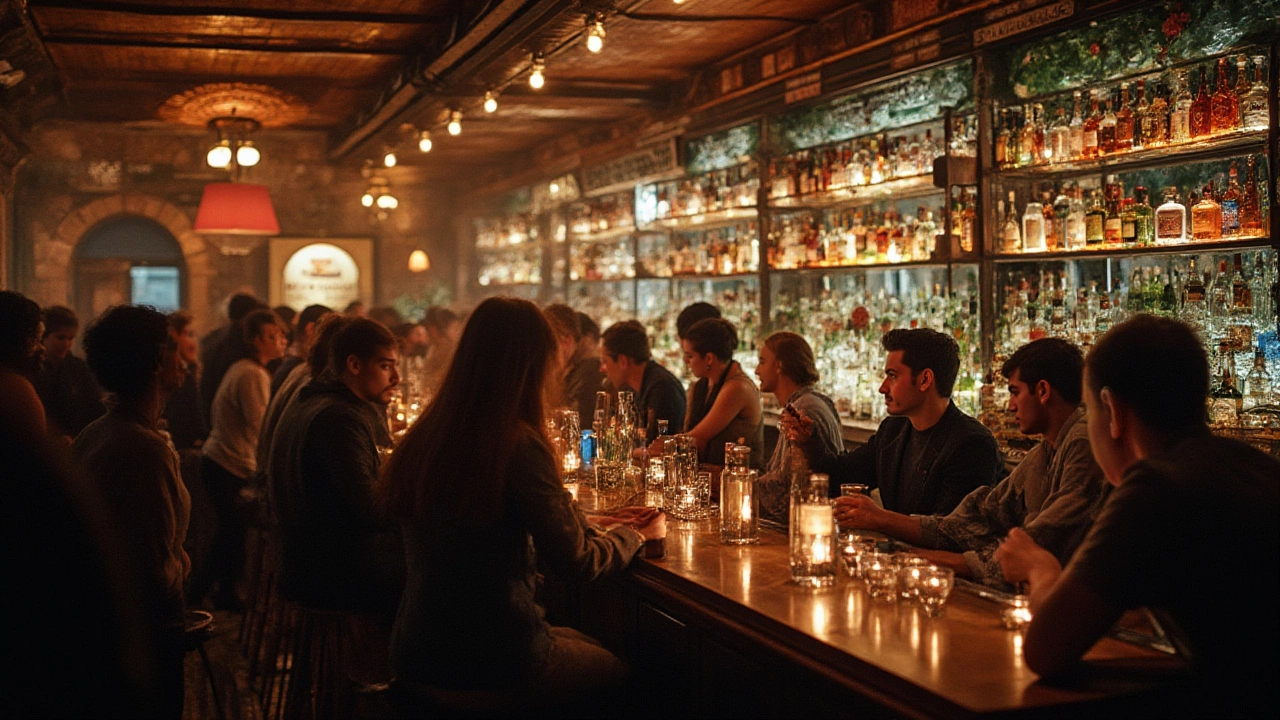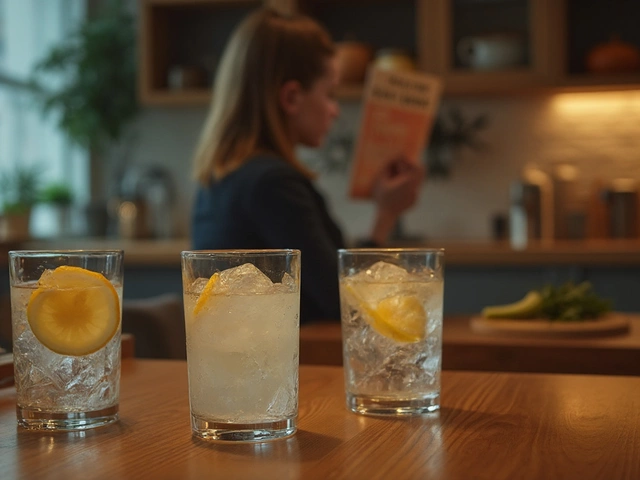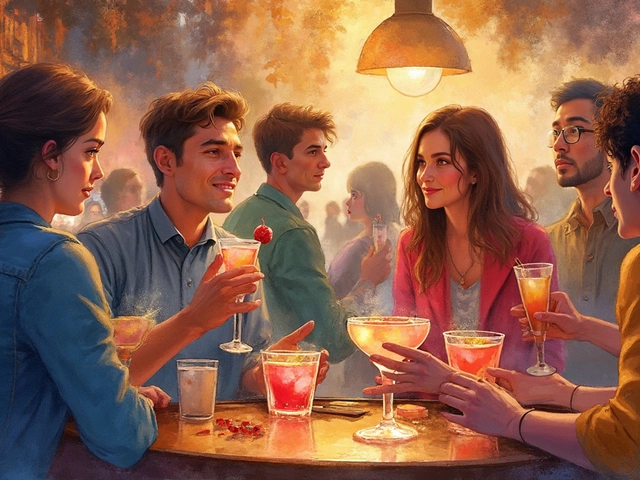Spirits Industry: Trends, History, and What’s Coming Next
Whether you’re a casual drinker or a budding distiller, the spirits world moves fast. New brands pop up, old recipes get revived, and consumer tastes shift from sweet to smoky in a heartbeat. This guide cuts through the noise, giving you the practical facts you need to stay ahead of the curve.
From Ancient Roots to Modern Bottles
The story starts thousands of years ago when early civilizations first learned to separate alcohol from grain mash. That ancient craft is the backbone of today’s premium whiskies, gins, and vodkas. Articles like “What is the Oldest Spirit Drink?” show how early distillation shaped trade routes and even politics. Knowing this heritage helps you appreciate why a single‑origin single malt can command a high price.
Modern technology has taken those basic principles and turned them into science. Precision temperature controls, copper still designs, and high‑grade barley all contribute to cleaner flavors. If you ever wonder why a gin from London feels different from one in Japan, it’s the combination of local botanicals and refined distillation methods that make the difference.
Current Trends Shaping the Spirits Market
Today’s market is all about choice and story. Consumers want to know where their spirit comes from, how it’s made, and who’s behind the label. That’s why “Cheap vs Expensive Vodka: Does Price Really Matter?” gets clicks – people are looking for value without sacrificing quality. The answer? Look for transparent labeling, low‑off‑flavor profiles, and minimal additives.
Sustainability is another big driver. Distilleries are cutting water usage, using renewable energy, and even recycling spent grains into snacks. Brands that highlight these efforts often see a boost in loyalty, especially among younger drinkers who care about the planet.
Flavour experimentation is on the rise, too. Expect more cask‑finished whiskies, botanical‑rich gins, and hybrid spirits that blend traditions. The “Best Mixers for Vodka” post shows how simple pairings can elevate a drink, and the same principle applies to the spirits themselves – a touch of oak or a dash of rare citrus can create a new market niche.
Regulation also plays a role. New labeling laws in the EU and the US require clearer alcohol‑by‑volume (ABV) statements and health warnings. Keeping an eye on these changes helps businesses avoid fines and lets consumers make informed choices.
Finally, the rise of online sales has reshaped distribution. Direct‑to‑consumer shipments mean you can try a limited‑edition rum from the Caribbean without leaving your couch. This shift benefits small‑batch producers who previously struggled to get shelf space.
Bottom line: the spirits industry blends ancient craft with cutting‑edge trends. By understanding the history, watching sustainability moves, and paying attention to flavor innovation, you’ll be ready for whatever the next toast brings.
Gin is slipping down the spirits ladder. Explore why gin is declining, what’s replacing it, and how the market and drinkers are responding.
View Details

